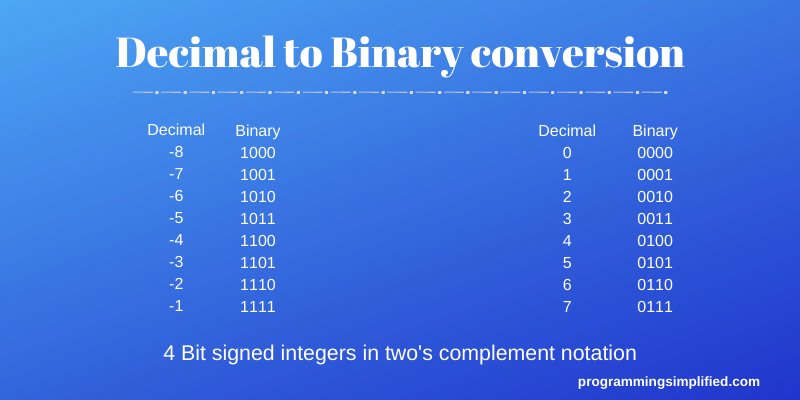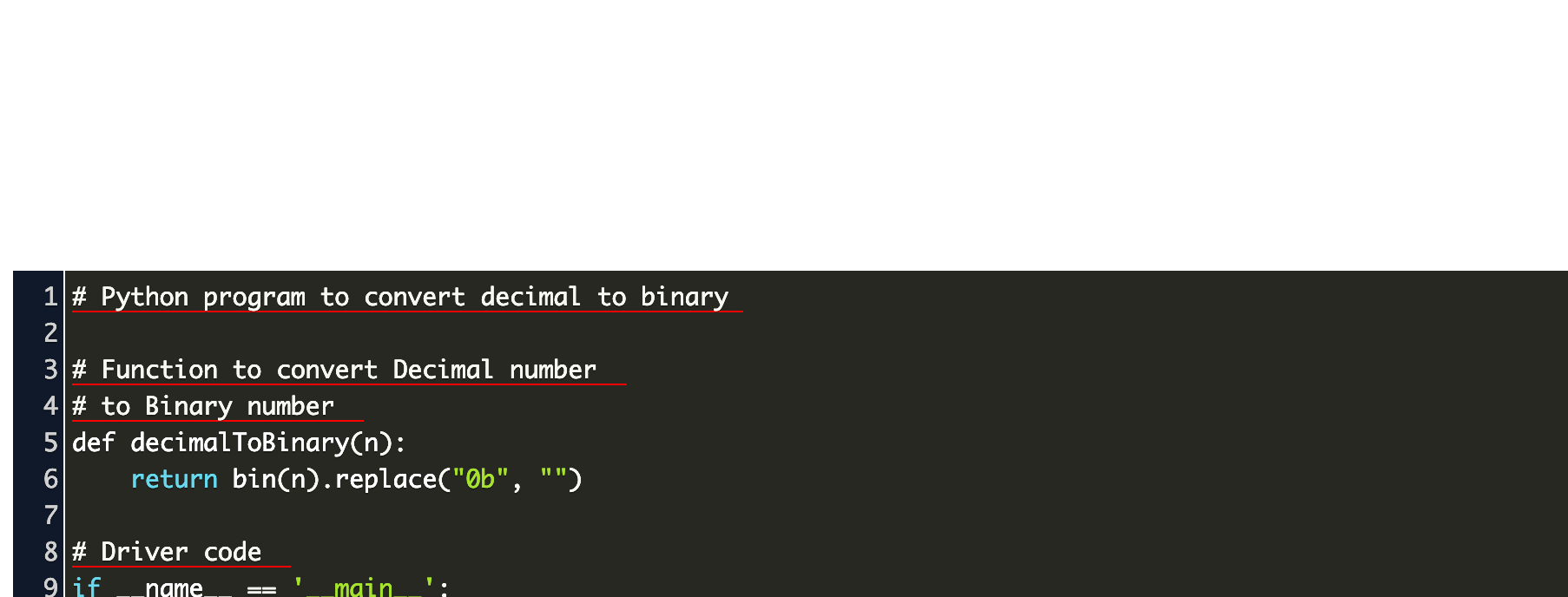

StringBuilder result = new StringBuilder() They're not intended as the main way of interacting with bitsets, but they can certainly come in handy.2.1 This Java example uses bit masking to generate a binary string from an integer. I imagine they're mainly used to help with debugging and serialisation. The bitset class is designed to make this easier.Īs far as I know, the string functionality we're using in the examples above was only included for convenience. It’s not always intuitive though, and can be tricky to follow if you’re not used to it. This approach can be seen in things like the Win32 API, and is still very commonly used in C programming, especially for embedded systems.

It’s quite common to store this information as plain old integer values, using a combination of bitwise operators to adjust the individual bits. This is helpful for storing things like configuration information. It's designed to represent a tightly packed binary field where specific bits may be turned on or off like boolean flags. This is exactly equivalent to writing the number in decimal like this: int n = 157 Ĭonverting numbers between binary and decimal representations isn't really the purpose of the bitset class.
#INTEGER TO BINARY CONVERTER ONLINE CODE#
You can write a binary literal directly in your code like this: int n = 0b10011101 If you know the binary string at compile time, and you're using C++14 or later, then you don't need to use bitset at all. because it's being entered by a user or read from a file. The above assumes your binary string isn't known until runtime, e.g.

You have to determine in advance how many you’re likely to need. That means you can’t determine the length of the string at run-time and use that number of bits. A notable limitation here is that the number of bits is a compile-time value. Once again, these examples are using an 8-bit number. In both cases, you could also pass in a string object rather than a string lteral. Alternatively, you can also store the result in a variable: unsigned long n = std::bitset("11011011").to_ulong() That will output the number 219 directly to the console. Going back the other way (from a binary string to a number) is just as easy: std::cout ("11011011").to_ulong() It should be able to handle at least a 32-bit unsigned integer according to the standard though (a little over 4 billion). It’s also important to note that the number you convert to a binary string has a finite limit.

However, if it's too big then you will end up with a lot of leading 0's in the resulting string. You have to make sure it’s big enough to hold the number you pass into the constructor. The template parameter (the number between ) specifies the number of bits you want to use. Store in a string object: std::string str = std::bitset(123).to_string() Output directly to the console (or other output stream): std::cout (123) In the examples below, we’re outputting/storing the number 123 as an 8-bit value. The first thing to do is include the header in your code. The bitset class in C++ makes this surprisingly quick and easy. if you want to let a user enter a binary string manually. There are also situations where you might want convert back the other way, e.g. Sometimes it’s useful to output the binary representation of a number in text, i.e.


 0 kommentar(er)
0 kommentar(er)
